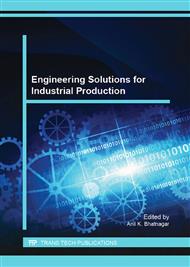p.259
p.264
p.268
p.274
p.279
p.283
p.287
p.292
p.301
Current Status and Problems of Building Interior Decoration Using Low Formaldehyde-Emitting Materials in Taiwan
Abstract:
Regardless of material regulations at the supply source or post-construction quality inspection systems, certain levels of model management systems have been developed. However, in the hospital waiting room, the measured formaldehyde concentration in the air reached 0.99 ppm, which is 12 times higher than that of the standard value. The formaldehyde emission rates measured in the building materials of the private housings or hospital waiting room ranged from 158 to 238 μg/m2∙h, which exceed both the ABSL and BSMI standards. Moreover, the decoration locations, construction staff, and construction behaviors varied despite their claims of using low formaldehyde-emitting materials. This study compiled the current objectives and regulations established by various supervising authorities and implemented a supporting management system in material grading, amount of material usage, ventilation path control, and ventilation effectiveness for facilitating the promotion of healthy indoor air quality, thereby enhancing public health.
Info:
Periodical:
Pages:
279-282
Citation:
Online since:
July 2015
Authors:
Price:
Сopyright:
© 2015 Trans Tech Publications Ltd. All Rights Reserved
Share:
Citation:


